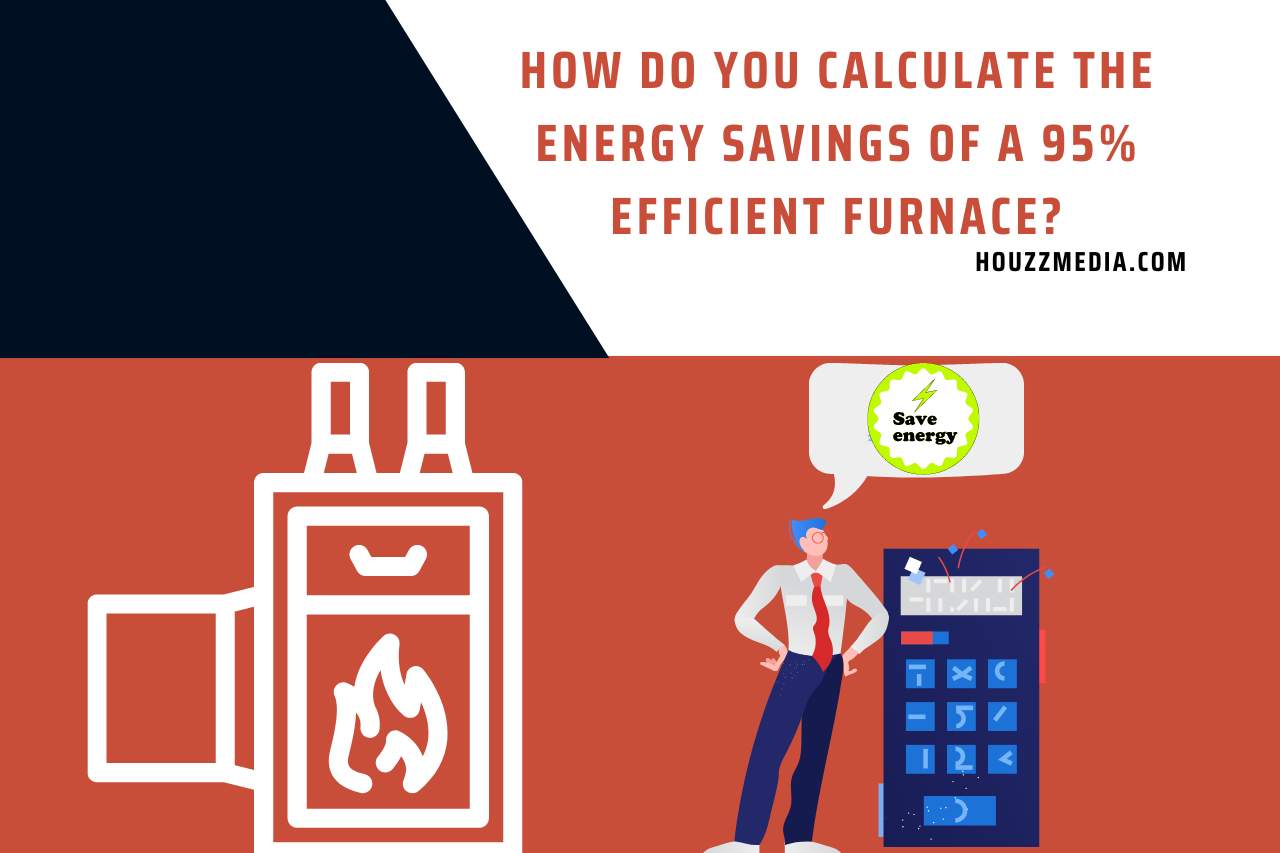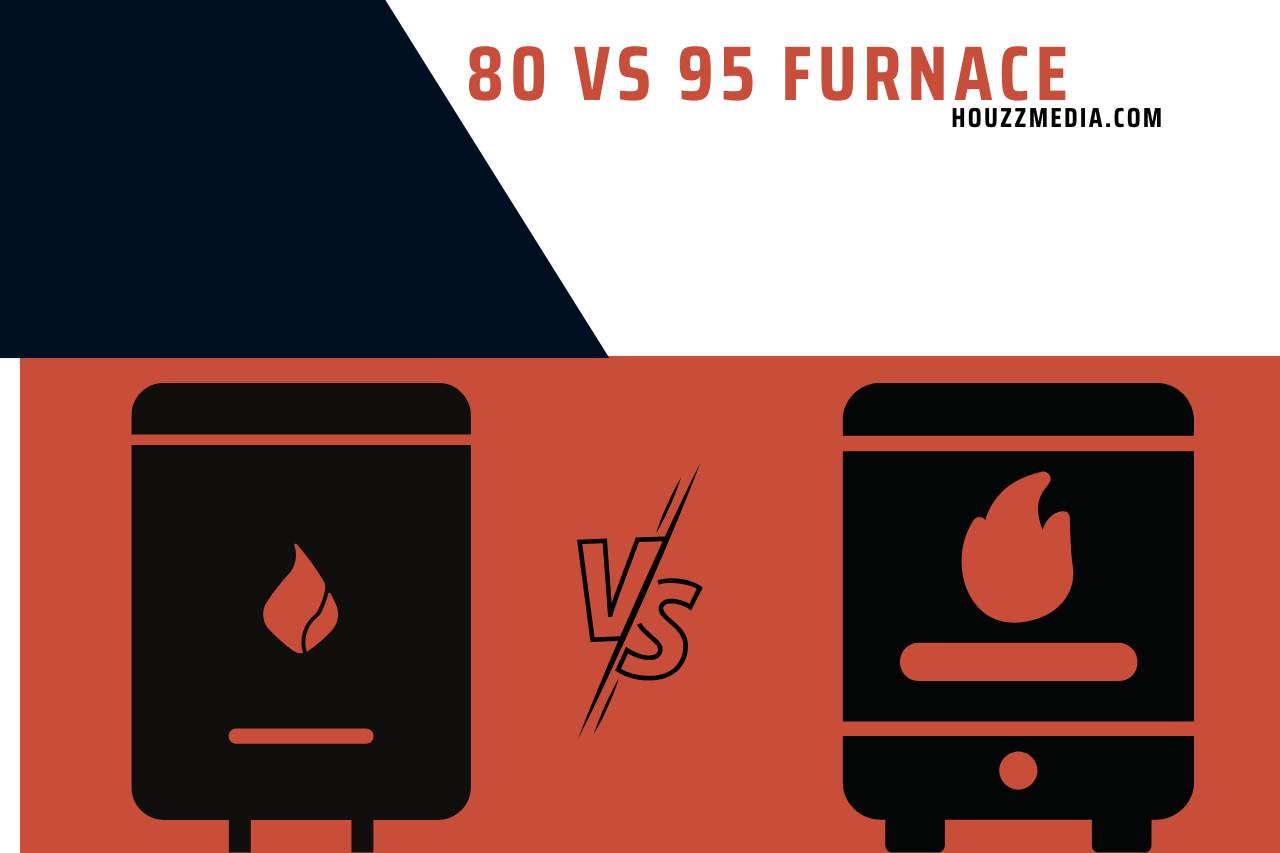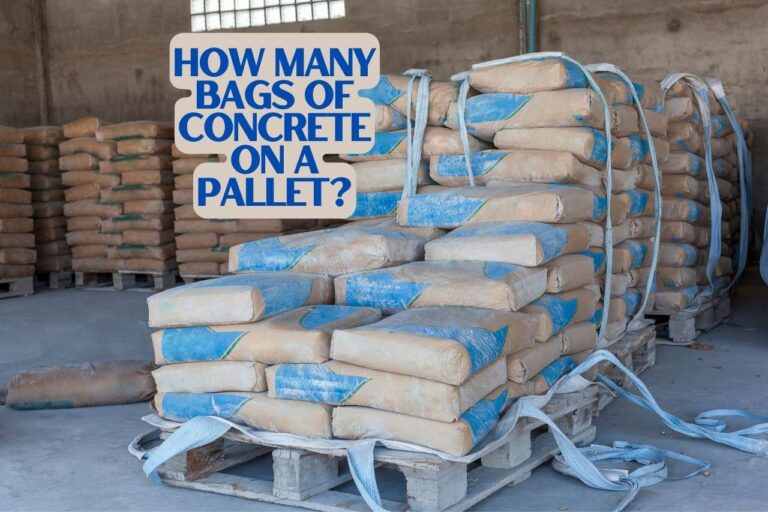80 vs 95 Furnace – Comparing the Efficiency of 80 and 95 Furnaces
The percentage of the furnace means how much of the fuel converts into heat for warming the area. 80 furnace converts 80% of fuel while 95 furnace converts 95% of the fuel into heat. For less waste, a highly efficient furnace is recommended, but we have to consider other drawbacks and benefits of 80 vs 95 furnaces when selecting a furnace. If you are going to buy a new furnace or replace your current furnace choose a furnace to your preferences and affordability. We’ll help you to find the best furnace for your home or for your working area by giving you tips on both furnaces.
What is the Difference between an 80% and 95% Efficient Furnace?
Following are the differences between an 80% and 95% efficient furnace.
As you already know, a 95% furnace is more efficient than an 80% furnace because they produce heat from 95% of the fuel, and an 80% furnace only uses 80% of the fuel while 20% will be wasted. But when choosing, consider other differences also.
The operations in these furnaces are different. An 80% furnace input air from the surrounding. That means it generates heat by sucking natural gas. But a 95% furnace sucks outside air. It generates heat through a process of sealed combustion. Therefore, if the furnace is installed inside, you have to get outdoor air by using a method like using a PVC pipe from the furnace to the outside.
So, when installing the furnaces, 80% furnace is the easiest to install. And it won’t need a larger space in a vented space. And the cost will be less expensive for the installation. On the other hand, a 95% furnace needs space to create a pathway to enter outside air into the furnace, and it will cost more.
What are the Advantages of an 80% Efficient Furnace?
An 80% efficient furnace is typically larger than a 95% efficient furnace. When talking about advantages, you should know that 80% of efficient furnaces use air from the surrounding, like from inside the house or natural gas. So, it won’t be trouble, and the installation is not complicated.
You can install your 80% efficient furnace in a vented space. An 80% furnace provides more heat and keeps you warm and comfortable in your home or at the workplace. That will add more value to your home, especially in the cold season.
Additionally, an 80% efficient furnace will be less expensive, and the cost for installation will also cost less as it sucks air from the surrounding. Also, the cost of energy bills is less expensive as it wastes less energy.
What are the Advantages of a 95% Efficient Furnace?
A 95% efficient furnace generates heat from 95% of the fuel that it inputs. So, it is very efficient and gives the maximum heat a furnace can give.
This will provide you with a place to live with warmth and comfort. The use of less fuel will help to reduce the carbon footprint as well. And it is a benefit in saving the environment.
As 95% efficient furnaces are with high efficiency, they can have advanced filtering options to supply the best comfort for users.
These furnaces are safer to use in enclosed spaces as they suck air from outside via PVC pipes to perform and generate heat. So, it is more protective to use sealed combustion by them than using open combustion in small enclosed spaces.
Just like 80% efficient furnaces, the electricity bills will charge less price because the energy waste is lesser. Also, these furnaces add more value to wherever they use.

How Do you Calculate the Energy Savings of a 95% Efficient Furnace?
Energy savings are calculated as AFUE ratings. AFUE means Annual Fuel Utilization Energy. So, let’s see how to calculate the energy savings of a 95% efficient furnace.
First, you should know the amount of energy contained in natural gas and oil. The following are the amounts:
Natural gas 1m3 = 36,000,000 J
Oil 1 barrel = 6,120,000,000 J
Then you have to divide output energy by input energy to calculate the AFUE rating. Multiply it by 100% to calculate the energy savings as a percentage. And to calculate the energy savings percentage in Jules, multiply the percentage by input energy.
When we consider a 95% efficient furnace, the energy savings are as follows:
Output energy = AFUE rating * Input energy
Output energy = (95/100) * 36,000,000 J
Output energy = 34,200,000 J
Therefore, the energy savings of a 95% efficient furnace is 34,200,000J.
Over time, you will save more money on energy bills as the furnace is 95% efficient.
What are the Factors to Consider When Choosing Between an 80% and 95% Efficient Furnace?
You should consider several factors like cost, efficiency, ease of installation, space occupied by the furnace, etc. Let’s discuss these factors in brief.
- Cost: As you already know 80% efficient furnace is cheaper in price than a 95% efficient furnace. A 95 furnace will probably cost 1000$ more than an 80 furnace.
- Efficiency: A 95% efficient furnace will save 95% of the fuel you input in the furnace. Only 5% will be wasted. On the other hand, the fuel waste in an 80% efficient furnace is 20%. It is four times more than a 95 furnace.
- Ease of installation: When we consider this factor, the 80 furnace has the lowest complexity of installation when compared to a 95 furnace because it sucks the air from the surrounding. A 95 furnace need further installation because it inputs air from outdoors.
- Space occupied: Due to lesser accessories and gadgets used in the installation, an 80% efficient furnace occupies less space than a 95% efficient furnace.
You should consider these factors before purchasing a furnace for your home. The benefits of both these furnaces are somewhat similar. Even though a 95 furnace is more efficient, an 80 furnace also does better when we consider the performance.
How Do you Properly Maintain an 80% or 95% Efficient Furnace?
Following steps should be followed when maintaining your furnace, whether it is an 80% or 95% efficient furnace:
You should change the air filter often. Dust and various particles will be collected on the air filter, and it will affect the performance of the furnace. The efficiency of the furnace will be lower due to dirty air filters. Therefore, change it as recommended by the user manual.
Check the ductwork for any leaks or malfunctions, and also you have to check the thermostat as well. If there are any issues with those, take necessary precautions, such as replacing batteries in the thermostat and sealing gaps in the ductwork.
Clean the furnace regularly. Remove all the build-up dirt and debris from exterior and interior components as well.
Watch this one,
Video Credits – Fuse Heating, Cooling, Electrical & Plumbing
You May Also Like






